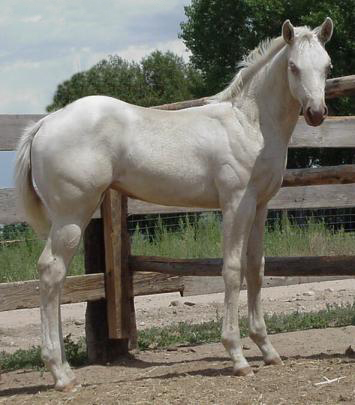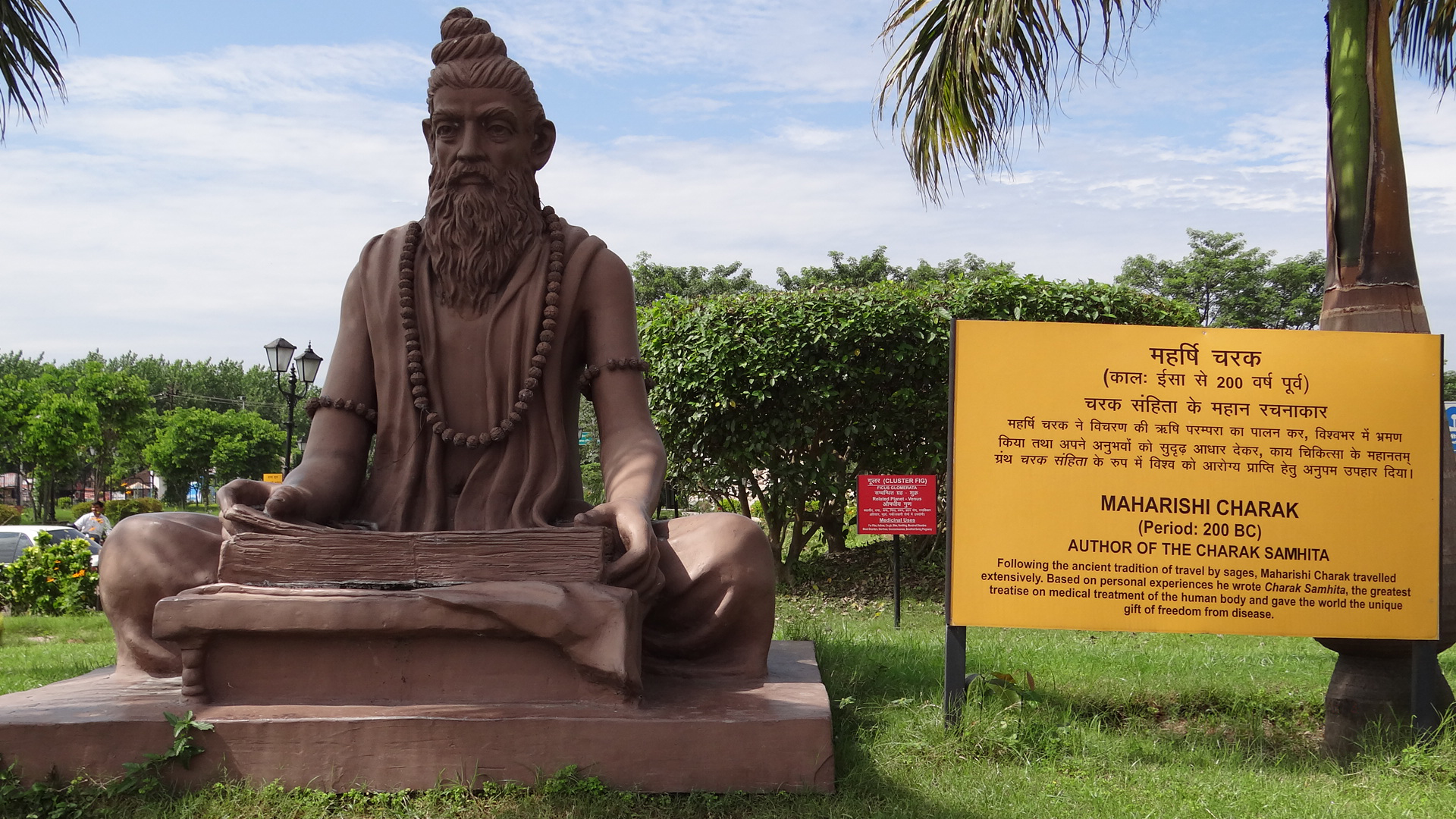|
Kapila
Kapila () (7th-6th-century BCE), also referred to as Cakradhanus, is a Vedic sage in Hindu tradition, regarded the founder of the Samkhya school of Hindu philosophy., Quote:"Kapila (fl. 550 BC), Vedic sage and founder of the system of Samkhya, one of the six schools of Vedic philosophy." His influence on Buddha and Buddhism has long been the subject of scholarly studies. There have been accusations by orthodox Buddhists that Sarvastivadins are heavily influenced by Samkhya school of philosophy. According to the Brahmanda Purana, Kapila is described as an incarnation of Vishnu: "Bhagavān Nārāyaṇa will protect us all. The Lord of the universe has now been born in the world as Kapilācārya." Many historic personalities in Hinduism and Jainism, mythical figures, pilgrimage sites in Indian religion, as well as an ancient variety of cow, are named after Kapila, or share his name. Biography The name Kapila appears in many texts, and it is likely that these names refer to ... [...More Info...] [...Related Items...] OR: [Wikipedia] [Google] [Baidu] |
Buddha
Siddhartha Gautama, most commonly referred to as the Buddha (),* * * was a wandering ascetic and religious teacher who lived in South Asia during the 6th or 5th century BCE and founded Buddhism. According to Buddhist legends, he was born in Lumbini, in what is now Nepal, to royal parents of the Shakya clan, but renounced his home life to live as a wandering ascetic. After leading a life of mendicancy, asceticism, and meditation, he attained nirvana at Bodh Gayā in what is now India. The Buddha then wandered through the lower Indo-Gangetic Plain, teaching and building a monastic order. Buddhist tradition holds he died in Kushinagar and reached ''parinirvana'' ("final release from conditioned existence"). According to Buddhist tradition, the Buddha taught a Middle Way between sensual indulgence and severe asceticism, leading to freedom from ignorance, craving, rebirth, and suffering. His core teachings are summarized in the Four Noble Truths and the Noble Ei ... [...More Info...] [...Related Items...] OR: [Wikipedia] [Google] [Baidu] |
Statue Of Kapila
A statue is a free-standing sculpture in which the realistic, full-length figures of persons or animals are carved or cast in a durable material such as wood, metal or stone. Typical statues are life-sized or close to life-size. A sculpture that represents persons or animals in full figure, but that is small enough to lift and carry is a ''statuette'' or figurine, whilst those that are more than twice life-size are regarded as ''colossal statues''. Statues have been produced in many cultures from prehistory to the present; the oldest-known statue dating to about 30,000 years ago. Statues represent many different people and animals, real and mythical. Many statues are placed in public places as public art. The world's tallest statue, ''Statue of Unity'', is tall and is located near the Narmada dam in Gujarat, India. Colors Ancient statues often show the bare surface of the material of which they are made. For example, many people associate Greek classical art with white marb ... [...More Info...] [...Related Items...] OR: [Wikipedia] [Google] [Baidu] |
Shvetashvatara Upanishad
The ''Shvetashvatara Upanishad'' (, ) is an ancient Sanskrit text embedded in the Yajurveda. It is listed as number 14 in the Muktika canon of 108 Upanishads. The Upanishad contains 113 mantras or verses in six chapters.Robert Hume (1921)Shvetashvatara Upanishad The Thirteen Principal Upanishads, Oxford University Press, pages 394–411 with footnotes The Upanishad is one of the 33 Upanishads from Taittiriyas, and associated with the ''Shvetashvatara'' tradition within ''Karakas sakha'' of the Yajurveda. It is a part of the "black" "krishna" Yajurveda, with the term "black" implying "the un-arranged, motley collection" of content in Yajurveda, in contrast to the "white" (well arranged) Yajurveda where Brihadaranyaka Upanishad and Isha Upanishad are embedded. The chronology of Shvetashvatara Upanishad is contested, but it is generally accepted to be a late-period Upanishadic composition.Stephen Phillips (2009), Yoga, Karma, and Rebirth: A Brief History and Philosophy, Columbia ... [...More Info...] [...Related Items...] OR: [Wikipedia] [Google] [Baidu] |
Atharvaveda
The Atharvaveda or Atharva Veda (, , from ''wikt:अथर्वन्, अथर्वन्'', "priest" and ''wikt:वेद, वेद'', "knowledge") or is the "knowledge storehouse of ''wikt:अथर्वन्, atharvans'', the procedures for everyday life".Laurie Patton (2004), "Veda and Upanishad," in ''The Hindu World'' (Editors: Sushil Mittal and Gene Thursby), Routledge, , page 38 The text is the fourth Veda, and is a late addition to the Vedic scriptures of Hinduism.Laurie Patton (1994), ''Authority, Anxiety, and Canon: Essays in Vedic Interpretation,'' State University of New York Press, , page 57 The language of the Atharvaveda is different from Rigvedic Sanskrit, preserving pre-Vedic Indo-European archaisms. It is a collection of 730 Music of India#History, hymns with about 6,000 mantras, divided into 20 books.Maurice Bloomfield''The Atharvaveda'' Harvard University Press, pages 1-2 About a sixth of the Atharvaveda texts adapt verses from the Rigveda, and exce ... [...More Info...] [...Related Items...] OR: [Wikipedia] [Google] [Baidu] |
Aitareya Brahmana
The Aitareya Brahmana () is the Brahmana of the Shakala Shakha of the Rigveda, an ancient Indian collection of sacred hymns. This work, according to the tradition, is ascribed to Mahidasa Aitareya. Authorship Sayana of Vijayanagara, a 14th century commentator, attributes the entire ''Aitareya Brahmana'' to a single man: Mahidasa Aitareya. In his introduction to the text, Sayana suggests that "Aitareya" is a matronymic name. Mahidasa's mother was "Itarā" (इतरा), whose name is derived from the Sanskrit word "itara". She was one of the wives of a great rishi (sage). The rishi preferred sons from his other wives over Mahidasa. Once he placed all his other sons on his lap, but ignored Mahidasa. On seeing tears in the eyes of her son, Itara prayed to the earth goddess Bhūmi, her kuladevi (tutelary deity). Bhūmi then appeared and gifted Mahidasa the knowledge contained in the ''Aitareya Brahmana''. Mahidasa is mentioned in other works before Sayana, such as the ''Chandogy ... [...More Info...] [...Related Items...] OR: [Wikipedia] [Google] [Baidu] |
Yajurveda
The ''Yajurveda'' (, , from यजुस्, "worship", and वेद, "knowledge") is the Veda primarily of prose mantras for worship rituals.Michael Witzel (2003), "Vedas and Upaniṣads", in ''The Blackwell Companion to Hinduism'' (Editor: Gavin Flood), Blackwell, , pages 76–77 An ancient Vedic Sanskrit text, it is a compilation of ritual-offering formulas that were said by a priest while an individual performed ritual actions such as those before the yajna fire. Yajurveda is one of the four Vedas, and one of the scriptures of Hinduism. The exact century of Yajurveda's composition is unknown, and estimated by Witzel to be between 1200 and 800 BCE, contemporaneous with Samaveda and Atharvaveda. The Yajurveda is broadly grouped into two – the "black" or "dark" (''Krishna'') Yajurveda and the "white" or "bright" (''Shukla'') Yajurveda. The term "black" implies "the un-arranged, unclear, motley collection" of verses in Yajurveda, in contrast to the "white" which implies ... [...More Info...] [...Related Items...] OR: [Wikipedia] [Google] [Baidu] |
Maruts
In Hinduism, the Maruts (; ), also known as the Marutagana and sometimes identified with Rudras, are storm deities and sons of Rudra and Prisni. The number of Maruts varies from 27 to sixty (three times sixty in RV 8.96.8). They are very violent and aggressive, described as armed with golden weapons i.e. lightning and thunderbolts, as having iron teeth and roaring like lions, as residing in the northwest, as riding in golden chariots drawn by ruddy horses. In the Vedic mythology, the Maruts act as Indra's companions as a troop of young warriors. According to French comparative mythologist Georges Dumézil, they are cognate to the Einherjar and the Wild hunt. In Scriptures Hymn 66 of Mandala VI of the Rig Veda, the ancient collection of sacred hymns, is an eloquent account of how a natural phenomenon of a rain-storm metamorphoses into storm deities. According to the Rig Veda they wore golden helmets and breastplates, and used their axes to split the clouds so that rai ... [...More Info...] [...Related Items...] OR: [Wikipedia] [Google] [Baidu] |
Rigveda
The ''Rigveda'' or ''Rig Veda'' (, , from wikt:ऋच्, ऋच्, "praise" and wikt:वेद, वेद, "knowledge") is an ancient Indian Miscellany, collection of Vedic Sanskrit hymns (''sūktas''). It is one of the four sacred canonical Hindu texts (''śruti'') known as the Vedas. Only one Shakha of the many survive today, namely the Shakala Shakha, Śakalya Shakha. Much of the contents contained in the remaining Shakhas are now lost or are not available in the public forum. The ''Rigveda'' is the oldest known Vedic Sanskrit text. Its early layers are among the oldest extant texts in any Indo-European language. Most scholars believe that the sounds and texts of the ''Rigveda'' have been orally transmitted with precision since the 2nd millennium BCE, through Indian mathematics#Styles of memorisation, methods of memorisation of exceptional complexity, rigour and fidelity, though the dates are not confirmed and remain contentious till concrete evidence surfaces. Philolog ... [...More Info...] [...Related Items...] OR: [Wikipedia] [Google] [Baidu] |
Mahabharata
The ''Mahābhārata'' ( ; , , ) is one of the two major Sanskrit Indian epic poetry, epics of ancient India revered as Smriti texts in Hinduism, the other being the ''Ramayana, Rāmāyaṇa''. It narrates the events and aftermath of the Kurukshetra War, a war of succession between two groups of princely cousins, the Kauravas and the Pandava, Pāṇḍavas. It also contains Hindu philosophy, philosophical and devotional material, such as a discussion of the four "goals of life" or ''puruṣārtha'' (12.161). Among the principal works and stories in the ''Mahābhārata'' are the ''Bhagavad Gita'', the story of Damayanti, the story of Shakuntala, the story of Pururava and Urvashi, the story of Savitri and Satyavan, the story of Kacha (sage), Kacha and Devayani, the story of Rishyasringa and an Ramopakhyana, abbreviated version of the ''Rāmāyaṇa'', often considered as works in their own right. Traditionally, the authorship of the ''Mahābhārata'' is attributed to Vyasa, Vy ... [...More Info...] [...Related Items...] OR: [Wikipedia] [Google] [Baidu] |
Ahimsa
(, IAST: , ) is the ancient Indian principle of nonviolence which applies to actions towards all living beings. It is a key virtue in Indian religions like Jainism, Buddhism and Hinduism. (also spelled Ahinsa) is one of the cardinal virtues of Jainism, where it is the first of the Jain Ethics, Pancha Mahavrata. It is also one of the central precepts of Hinduism and is the first of the five precepts of Buddhism. is inspired by the premise that all living beings have the spark of the divine spiritual energy; therefore, to hurt another being is to hurt oneself. is also related to the notion that all acts of violence have Karma, karmic consequences. While ancient scholars of Brahmanism had already investigated and refined the principles of , the concept reached an extraordinary development in the ethical philosophy of Jainism. Mahavira, the twenty-fourth and the last of Jainism, further strengthened the idea in . About , Valluvar emphasized and Ethics of eating meat, m ... [...More Info...] [...Related Items...] OR: [Wikipedia] [Google] [Baidu] |






